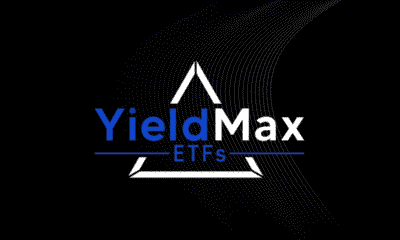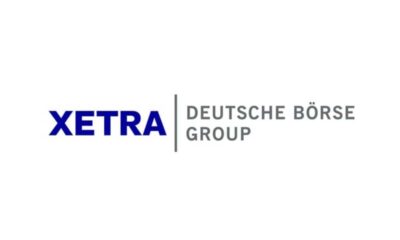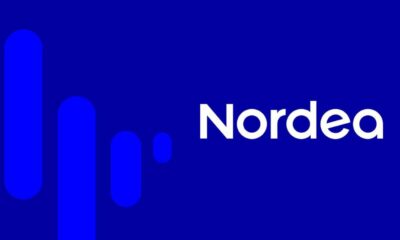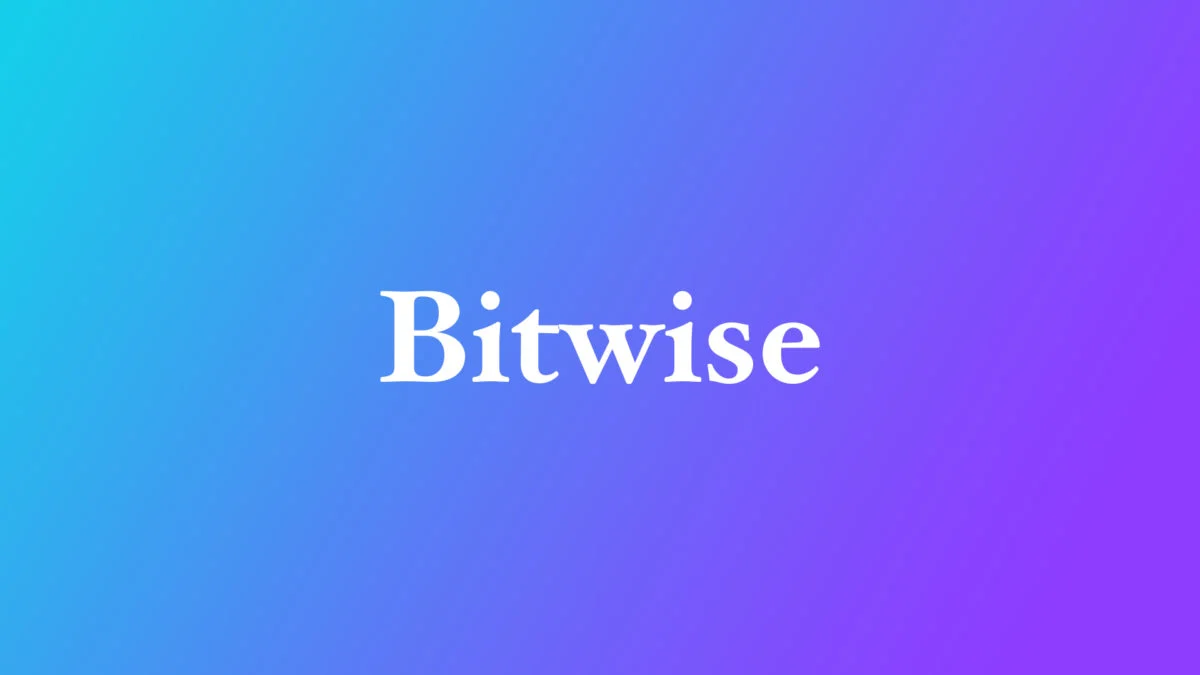Institutionella investerare över hela EMEA förväntar sig att göra portföljuppdateringar för att navigera i förändringar över marknader, miljö och samhällen, enligt Nuveen, den globala investeringsförvaltaren med över 1 biljon USD i tillgångar under förvaltning. Nuveen tror således att investerare ändrar allokering i framtiden.
Nästan två tredjedelar (64 procent) av investerarna i EMEA är idag mer oroade över möjligheten att extrema händelser stör investeringsstrategierna än för två år sedan och 50 procent säger att den grundläggande långsiktiga marknadsdynamiken har tappat relevans.
Resultaten kommer från Nuveens andra årliga EQuilibirum Global Institutional Investor Study, som undersökte 800 institutionella investerare, inklusive företags- och statliga pensioner, försäkringar, donationer och stiftelser, pensionsfonder, statliga förmögenhetsfonder, centralbanker och konsulter från över 20 länder.
EMEA fortsätter att leda den globala satsningen på klimatet
Den viktigaste förståelsen bland EMEA-investerare är den inneboende kopplingen mellan klimatrisk och investeringsrisk. 84 procent av investerarna och konsulterna i regionen håller med om att övergången till en koldioxidsnål ekonomi är oundviklig och 87 procent tror att övergången kommer att innebära nya investeringsmöjligheter.
EMEA har lett är ledande när det gäller ESG, eftersom 79 procent av tillgångsägarna säger att de redan tar hänsyn till ESG-faktorer när de fattar investeringsbeslut och 12 procent planerar att inom ett år. Investerare över hela APAC kommer snabbt ikapp denna logik, med 71 procent som redan hävdar en inbyggd ESG-övervägande men 20 procent planerar att ta överväganden under nästa år.
Två femtedelar (44 procent) av investerarna i EMEA uppger också att deras investeringspolicy är väl utövad jämfört med 23 procent i NORAM och 34 procent i APAC. 79 procent har åtagit sig att netto noll eller planerar att inom två år.
När det gäller mångfald, jämställdhet och inkludering har 45 procent av EMEAs tillgångsägare och konsulter satt upp tydliga mål och mål för DEI-anställning, behålla och talangutveckling medan ytterligare 30 procent överväger dessa steg. Investerare ser också möjligheterna som presenteras eftersom 66 procent av tillgångsägarna och konsulterna överväger eller söker investeringsmöjligheter som tar upp DEI-frågor.
Amy O’Brien, Global Head of Responsible Investing på Nuveen, sa: ”Den senaste IPCC-rapporten meddelade att världen har ett kort och snabbt stängt fönster för att anpassa sig till klimatförändringarna, och att vi är på väg mot en uppvärmning på 3 grader Celsius. Effekterna i samband med denna uppvärmningsnivå kommer att vara mycket störande för leveranskedjorna och detta beroende av fossila bränslen gör den globala ekonomin och energisäkerheten sårbar.
”Men dessa risker och de stora förändringarna till förnybara energikällor och mer motståndskraftig infrastruktur ger stora möjligheter för institutionella investerare att leda vägen, för att minska klimatrisken samtidigt som de strävar efter övertygande avkastning. Vi ser förstahandskunder i Europa anta ett ansvarsfullt tänkesätt, med klimat- och sociala utmaningar två av de största drivkrafterna för detta.”
Alternativ kredit och private equity i hjärtat av förändringar i tillgångsallokeringen
Med avtagande tillväxt, ökad volatilitet, press uppåt på räntor och stigande inflation står investerare inför en utmanande miljö. 58 procent av investerarna i EMEA vidtar åtgärder för att bekämpa risken för ökad inflation under de kommande 12 månaderna.
Eftersom traditionella räntetillgångar inte längre ger robusta intäkter, säger 76 procent av EMEA-investerarna att de planerar att utöka sin räckvidd för avkastning under de kommande två åren. De allra flesta (60 procent) söker alternativa krediter.
Infrastruktur och private equity kommer mest sannolikt att se allokeringsökningar, med 37 procent respektive 35 procent av investerarna i EMEA som tyder på att de kommer att öka allokeringen under de kommande två åren. Bland dem som vill öka anslagen till private equity finns offentliga pensioner, av vilka 42 procent har hävdat att de planerar att öka investeringarna i PE under nästa år.
Simon England-Brammer, chef för EMEA och APAC Institutional sa: ”Komplexiteten och förändringstakten som marknader, miljö och samhällen upplever kräver att institutionella investerare är mer flexibla i sina tillvägagångssätt och att tänka om traditionella investeringsstrategier. Världen går igenom ett antal stora förändringar, och institutionella investerare söker vägledning om hur man navigerar i dessa – både genom en ansvarsfull lins för att rikta kapital mot positiv förändring, och genom en risklins för att upprätthålla och skydda investeringsavkastningen.
”På Nuveen är vi fast beslutna att tänka om framtiden och utveckla investeringslösningar som kan anpassas till investerarnas föränderliga mål. Oavsett om det handlar om att ta itu med klimatmål eller att omvärdera inkomstmål, arbetar våra investeringsteam med kunder varje dag för att hjälpa dem att uppfylla sina förpliktelser på kort sikt på en osäker marknad samtidigt som de positionerar sig för de systemiska, långsiktiga förändringar som kommer att komma.

 Nyheter2 veckor sedan
Nyheter2 veckor sedan
 Nyheter3 veckor sedan
Nyheter3 veckor sedan
 Nyheter3 veckor sedan
Nyheter3 veckor sedan
 Nyheter4 veckor sedan
Nyheter4 veckor sedan
 Nyheter3 veckor sedan
Nyheter3 veckor sedan
 Nyheter2 veckor sedan
Nyheter2 veckor sedan
 Nyheter2 veckor sedan
Nyheter2 veckor sedan
 Nyheter4 veckor sedan
Nyheter4 veckor sedan






















